Compact fluorescent 6500K help :*)
intercessor
17 years ago
Related Stories

SELLING YOUR HOUSE10 Low-Cost Tweaks to Help Your Home Sell
Put these inexpensive but invaluable fixes on your to-do list before you put your home on the market
Full Story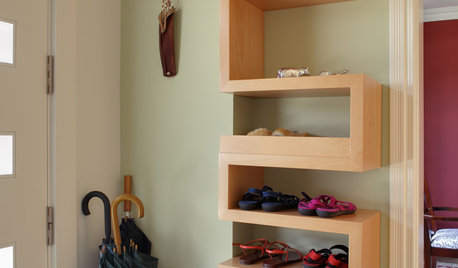
ENTRYWAYS7 Design Ideas for a Small Entry
Banish the clutter — and the last-minute search for keys — with these ideas for organizing your entry
Full Story
ARCHITECTUREHouse-Hunting Help: If You Could Pick Your Home Style ...
Love an open layout? Steer clear of Victorians. Hate stairs? Sidle up to a ranch. Whatever home you're looking for, this guide can help
Full Story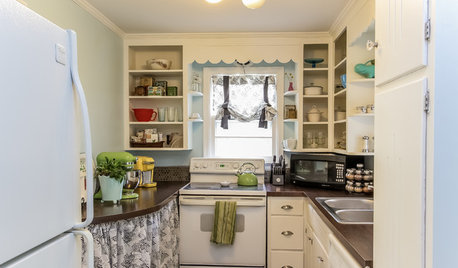
KITCHEN DESIGNShow Us Your Compact Kitchen
Do you have a tiny kitchen that works well for you? Post your pictures in the Comments
Full Story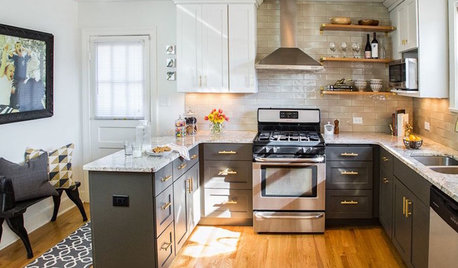
KITCHEN OF THE WEEKKitchen of the Week: Style and Storage in a Compact Space
A mix of splurges and saves creates a beautiful new kitchen and entry area
Full Story
FUN HOUZZ10 Things People Really Don’t Want in Their Homes
No love lost over fluorescent lights? No shocker there. But some of these other hated items may surprise you
Full Story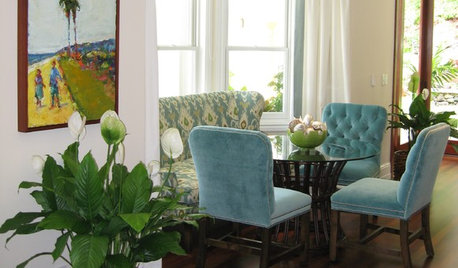
HOUSEPLANTSMeet a Houseplant With Excellent Communication Skills
It droops when thirsty, revives quickly and thrives under fluorescents. You may want to hire this hard worker for both home and office
Full Story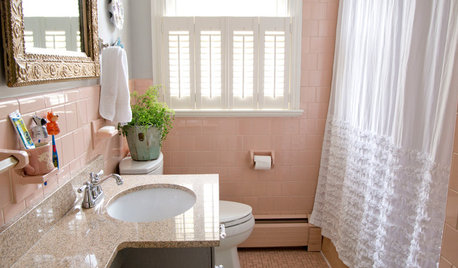
BATHROOM DESIGNHouzz Call: Have a Beautiful Small Bathroom? We Want to See It!
Corner sinks, floating vanities and tiny shelves — show us how you’ve made the most of a compact bathroom
Full Story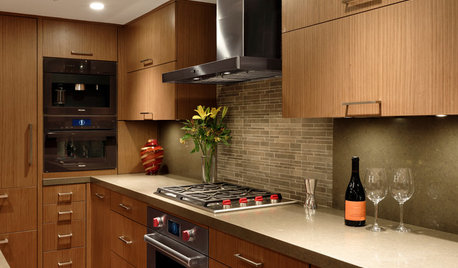
SMALL KITCHENSThe 100-Square-Foot Kitchen: Fully Loaded, No Clutter
This compact condo kitchen fits in modern appliances, a walk-in pantry, and plenty of storage and countertop space
Full Story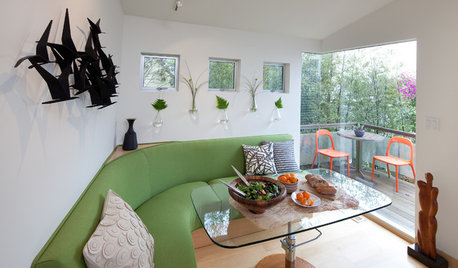
THE HARDWORKING HOME12 Smart Designs for Small-Space Living
The Hardworking Home: Furnish your compact rooms more efficiently with these creative built-ins and adjustable pieces
Full StorySponsored
Central Ohio's Trusted Home Remodeler Specializing in Kitchens & Baths
More Discussions






shrubs_n_bulbs
intercessorOriginal Author
Related Professionals
Arlington Landscape Contractors · Bell Gardens Landscape Contractors · Eustis Landscape Contractors · Fort Payne Landscape Contractors · Kettering Landscape Contractors · Stony Brook Landscape Contractors · Wilton Landscape Contractors · Nashville Fence Contractors · Canby Fence Contractors · Corona Fence Contractors · La Grange Fence Contractors · Orange County Fence Contractors · Cambridge Roofing & Gutters · East Hill-Meridian Roofing & Gutters · White Plains Roofing & GuttersintercessorOriginal Author
shrubs_n_bulbs
intercessorOriginal Author
mikeybob
intercessorOriginal Author
mikeybob
mikeybob
shrubs_n_bulbs
mikeybob